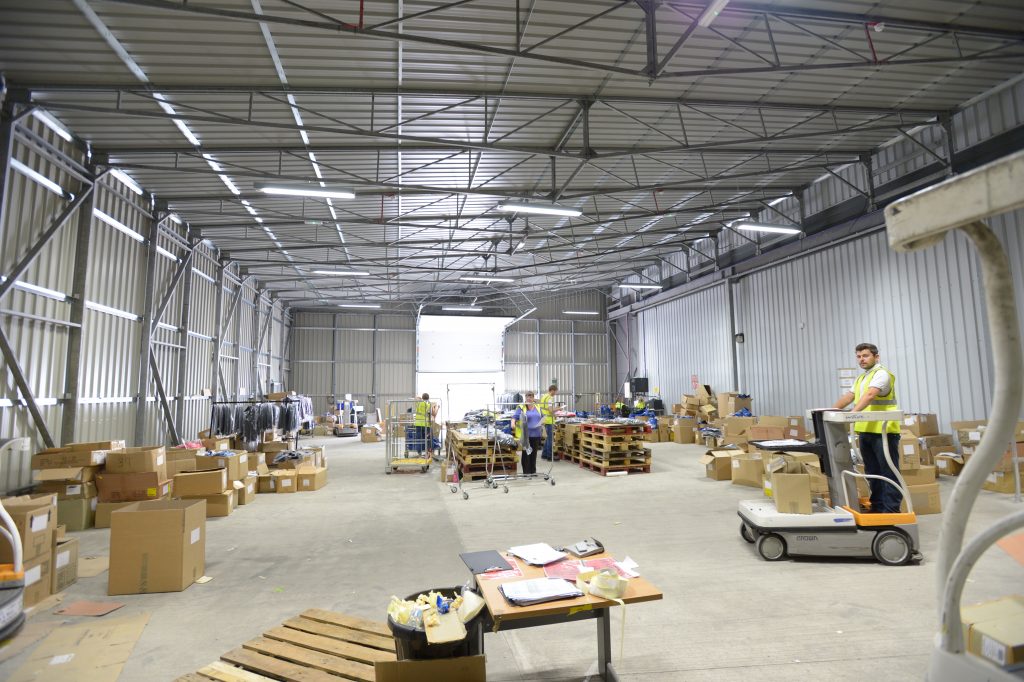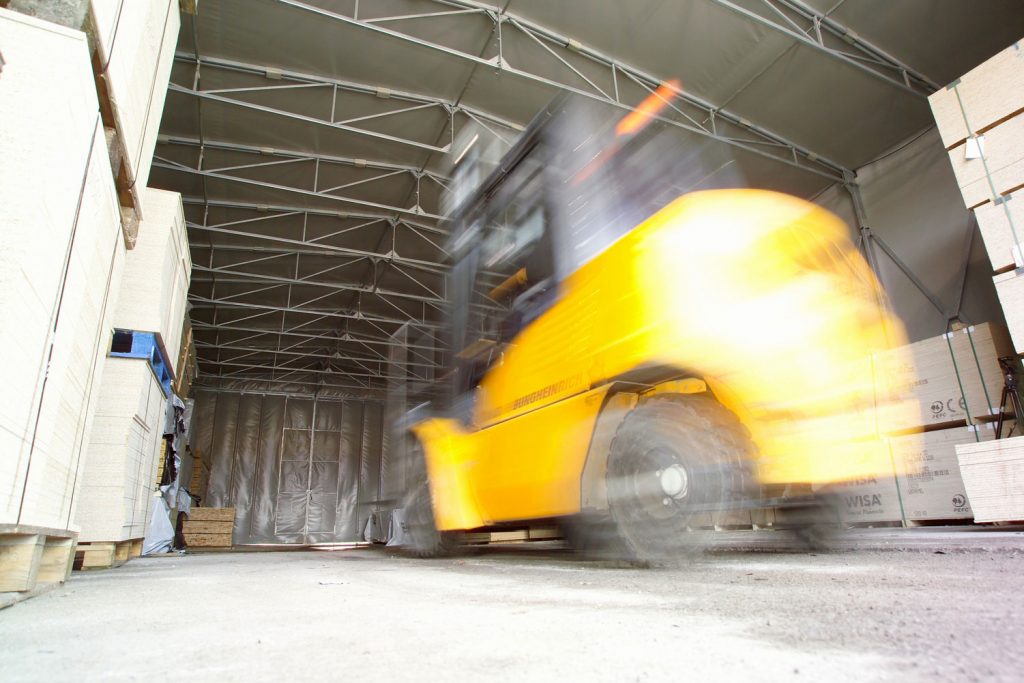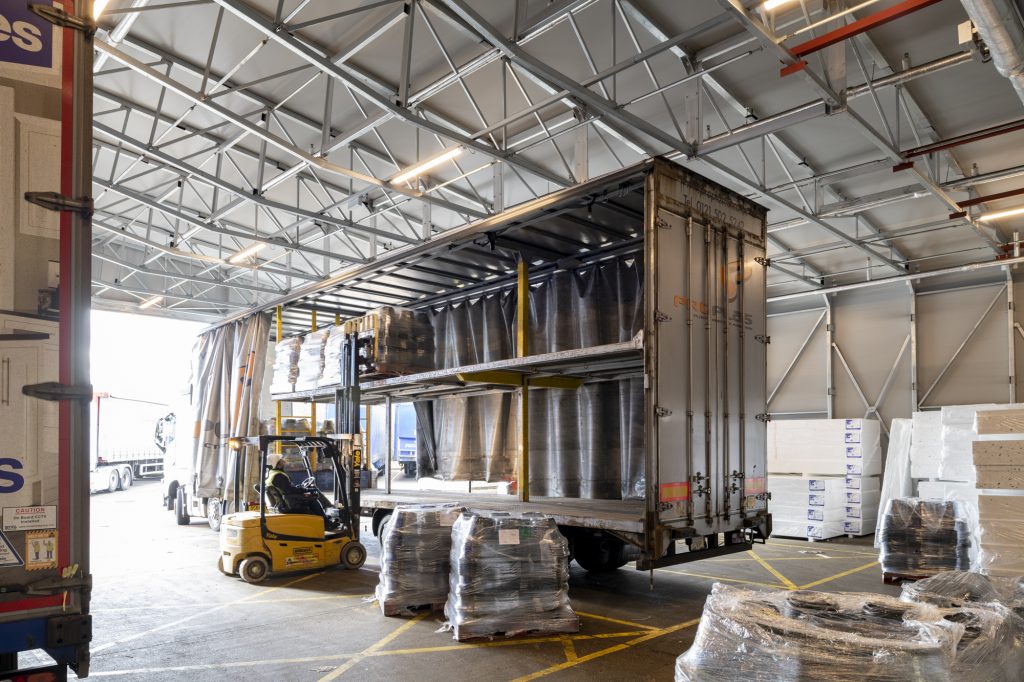Micro-fulfilment or micro warehousing appears to be the current solution for many online retailers wanting to keep up with changes to customer purchasing behaviour, the increasing demand for next day, if not same day delivery at minimum or no cost and the expectation that unsuitable products can be returned quickly and efficiently.
30% of all products bought online are returned and 84% of shoppers in the UK will not shop with an ecommerce retailer again if they have had a negative returns experience (Klarna 2021). One of the main reasons for returning items other than damage or wrong sizing is late delivery. If an order does not reach the buyer within the time stated then there is a good chance it will be returned. Then there is the shopping habit that many are adopting of over-buying with the intention of only keeping some of the items purchased.

For an ecommerce business to be able to keep up with fast delivery times, an increasing rate of returns and there being no signs of online shopping slowing down any time soon, they have to constantly adapt and need warehouse buildings that can adapt with them. The smaller independent online businesses in particular need to find ways of keeping costs down too at a time of economic uncertainty so they can compete with the larger retailers.
Micro fulfilment centres/warehouses can help to improve operational efficiency and reduce outgoings. Typically, micro-fulfilment centres are smaller warehouse facilities, strategically located closer to the consumer allowing retailers to be more competitive, meet customer demand for fast delivery and be more agile across the distribution process. They are also effective for businesses looking to reduce their carbon footprint by reducing the distance required for delivery vans to travel.

Some micro-fulfilment centres are being set up within existing buildings but many are purpose-built facilities. Opting for a fabric-covered canopy is an ideal purpose-built solution as they can be installed quickly so you waste no time in responding to consumer behaviours. They’re versatile, flexible, can be expanded easily as a business grows or if it is prone to experiencing seasonal peaks and they are fully relocatable.

With change happening thick and fast, do you really have time to consider a traditional build that could take years and tie you to one location? With the economy having a turbulent time, do you really want to be locked into an extensive rental agreement or invest in bricks and mortar? With online purchasing decisions becoming more and more discriminating, can you afford to risk falling behind?
A fabric-covered micro warehousing structure is the cost-effective, quick-build solution that can help in the short term but very easily facilitate your evolving business operations in the long term.
